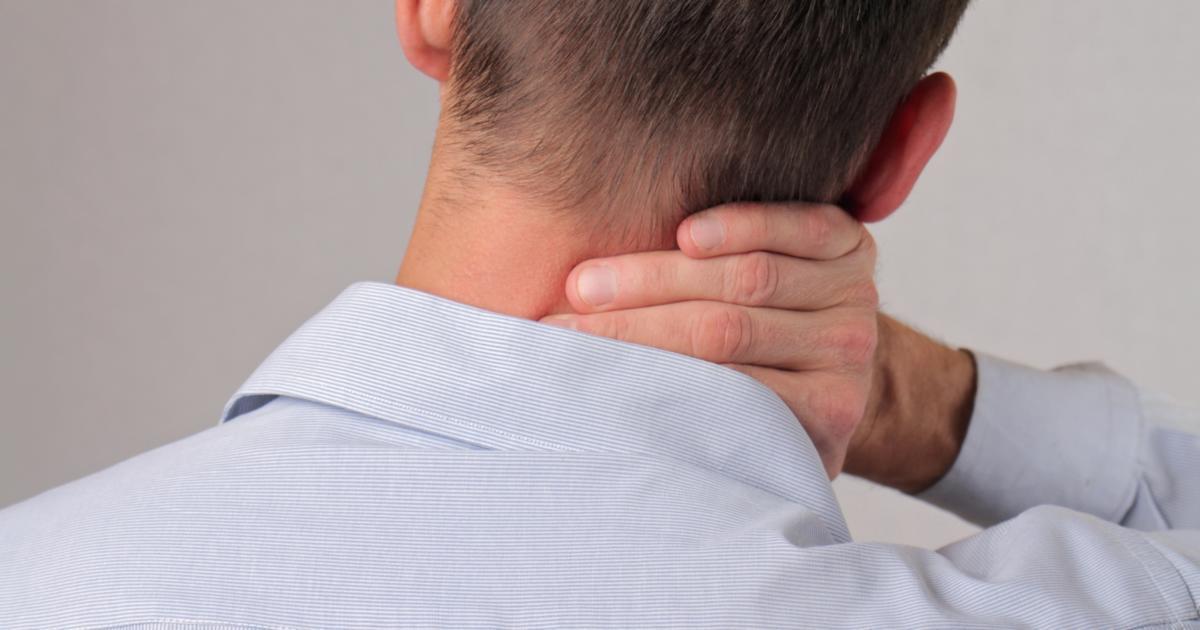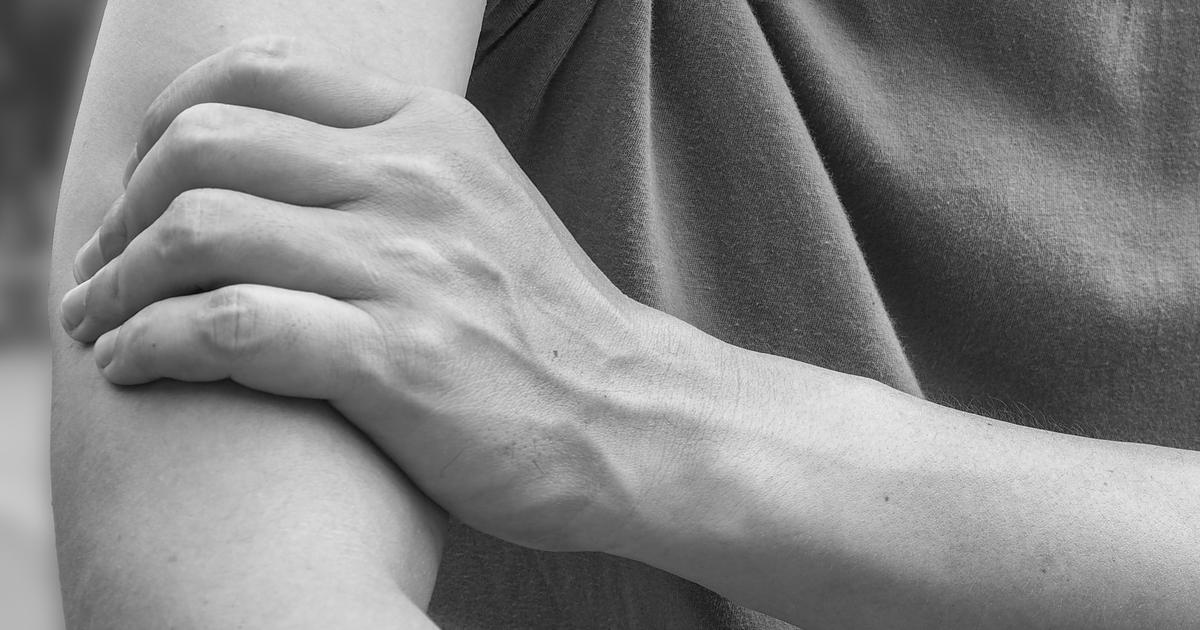What Are The Symptoms Of Polio?
Polio (poliomyelitis) is a severe illness caused by a virus called poliovirus. The majority of polio cases are asymptomatic or occur without noticeable symptoms. There are two classifications of symptomatic polio: paralytic and non-paralytic. Poliovirus is highly contagious and can be spread through direct contact with an infected individual through feces, food, and the water supply. Once poliovirus enters a host, it colonizes in the intestinal and throat tissues.
Without swift medical intervention, the virus mobilizes in the bloodstream and spreads throughout the body. Thankfully, a vaccine to prevent polio is available. Polio can be detected through secretions in the throat, cerebrospinal fluid, and stool. Because polio cannot be cured, treatment consists of preventing complications and managing symptoms.
Neck And Back Pain

Neck and back pain are common symptoms that occur in individuals with non-paralytic polio and paralytic polio. The poliovirus enters the body and expends into the mesenteric and cervical lymph nodes. From there, it moves into the bloodstream and is enabled to colonize in extraneural regions to maintain a stronghold on its host. This process is thought to increase the probability the virus will attack the nervous system. Pain and stiffness in the back and the neck happen as a result of the virus entering the affected individual's blood, and the immune response summoned to mediate this viremia.
This mechanism causes membranes around the spinal cord to become inflamed and swollen. The neck and back pain is said to be identical to that in other forms of infection precipitated meningitis. Abnormal behaviors of autonomic function due to polio affecting the individual's nervous system can compound the inflammation around the spinal cord that causes neck and back pain.
Muscle Aches And Weakness

Muscle aches and weakness are symptoms of polio that occur once the virus has launched its attack on an individual's nervous system. Symptoms produced by this process can last anywhere from four days to five weeks. The symptom of muscle weakness refers to the inability of an individual to produce a muscle movement while exerting their maximum effort to do so. Muscle weakness can be unique in those affected by polio because it is often not accompanied by loss of sensation.
Muscle aches, back pain, and neck stiffness typically occur before the patient's muscle weakness sets in. Muscle weakness reaches its peak within forty-eight hours of its onset, but it can last for over a week. Muscle weakness caused by polio manifests with greater severity in the patient's lower limbs than in their upper limbs. Muscle weakness is known to occur asymmetrically, with varying degrees of weakness in different regions of the body.
